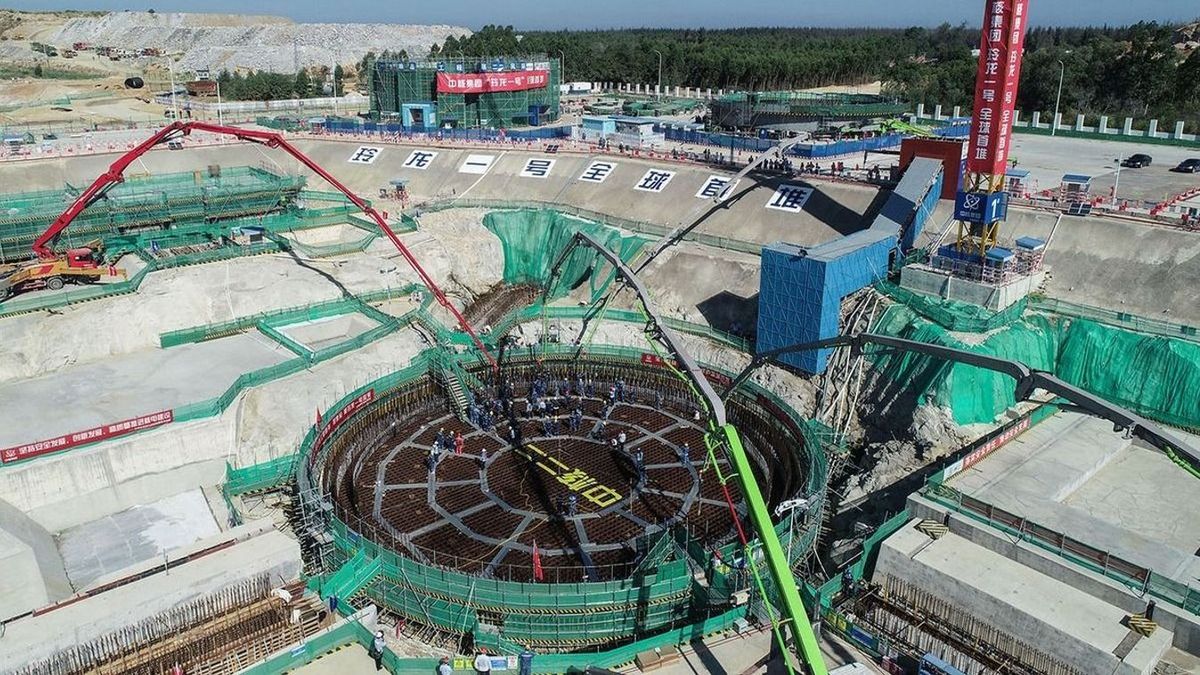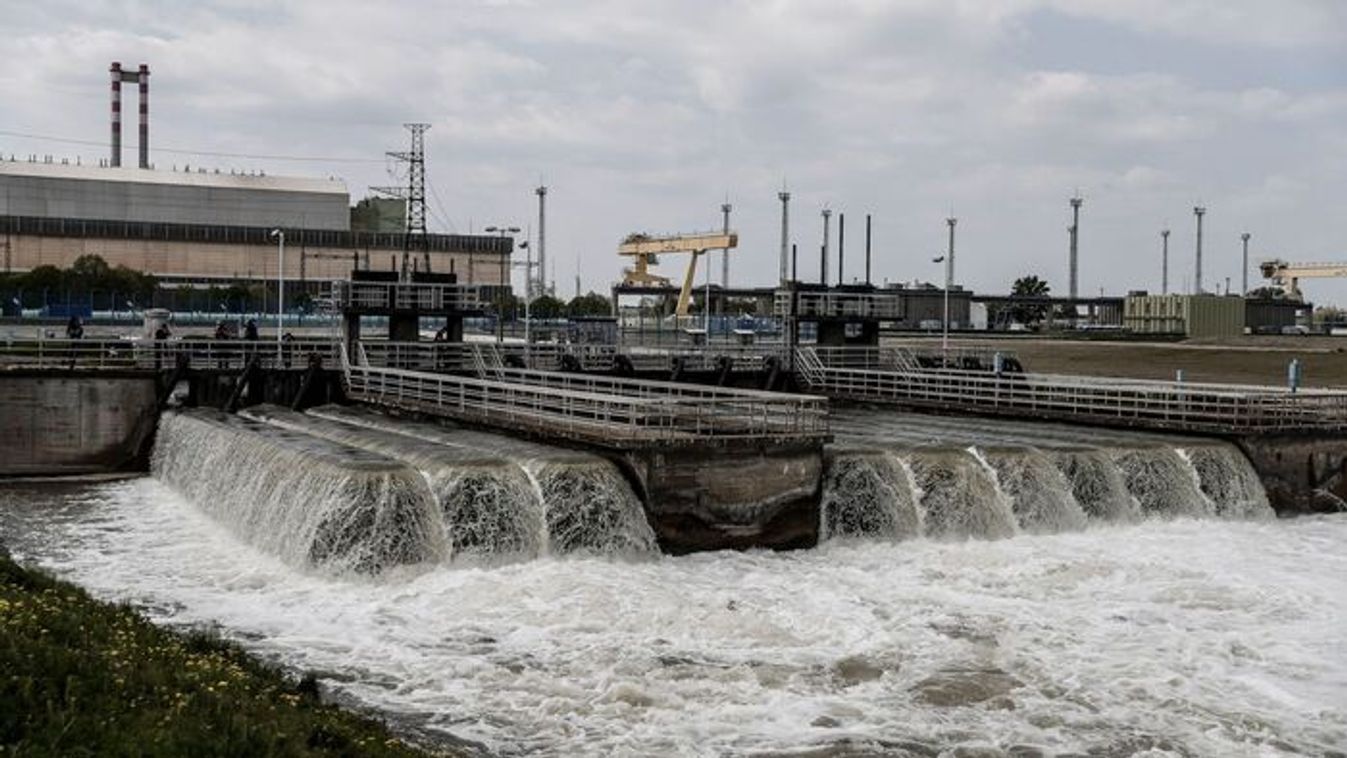Hungary has begun preparations for the introduction of small modular reactors (SMRs). Hunatom, the nuclear technology development company affiliated with the Paks II project group, has signed an agreement with Polish firm Synthos Green Energy, which holds the Central European rights to GE Hitachi’s American technology. Under the agreement, technological, legal, financial and infrastructure groundwork will begin to enable Hungary to benefit from SMR technology in the future.

According to the Ministry of Foreign Affairs, SMRs are suitable for meeting the increased industrial energy demands—particularly those arising from large-scale battery industry investments - reliably and in environmentally conscious fashion. Foreign Affairs and Trade Minister Peter Szijjarto stated that building multiple large nuclear power plants is not a realistic option for a country the size of Hungary, while these smaller, more flexible modular solutions are a viable alternative.
Easier to Deploy, Different Technology
The main feature of SMRs is modularity: the power plants are built from prefabricated units, allowing them to be deployed much faster than traditional reactors. GE Hitachi's BWRX–300 boiling water reactor produces up to 300 megawatts (MW) of electricity, and can be built in two to three years—compared to the 10–12 years typically needed for conventional reactors. However, this is contingent on mass production, with the initial projects still taking several years, emphasized Attila Aszodi, professor at the Budapest University of Technology and Economics, in an interview with InfoRadio.
Aszodi also explained how this technology differs from the pressurized water reactors used in Paks: in the boiling water model, the cooling water turns to steam directly within the reactor, which is then fed to the turbine. This allows for a simpler system with fewer components and faster commissioning.
The safety system was also a key focus during design: SMRs follow the principle of passive safety, meaning the reactor can cool itself without external power in the event of a malfunction. The GE Hitachi model can self-cool for up to seven days, significantly increasing public and regulatory acceptance.






















Szóljon hozzá!
Jelenleg csak a hozzászólások egy kis részét látja. Hozzászóláshoz és a további kommentek megtekintéséhez lépjen be, vagy regisztráljon!